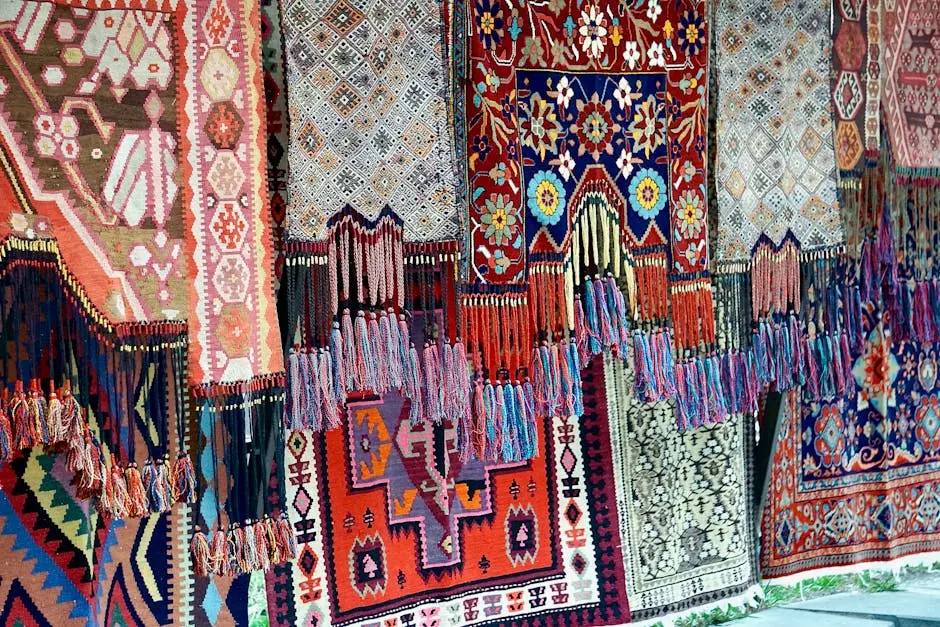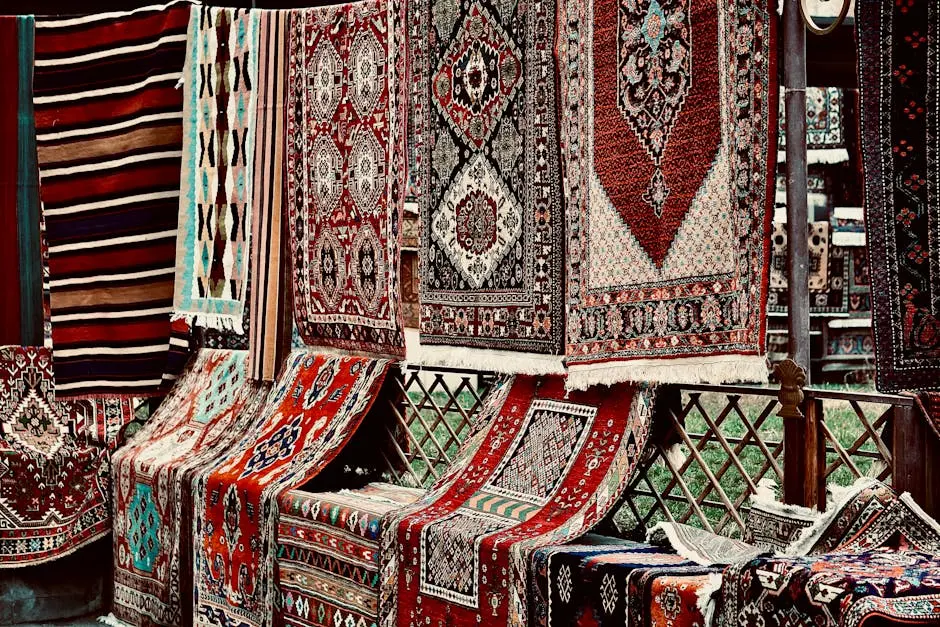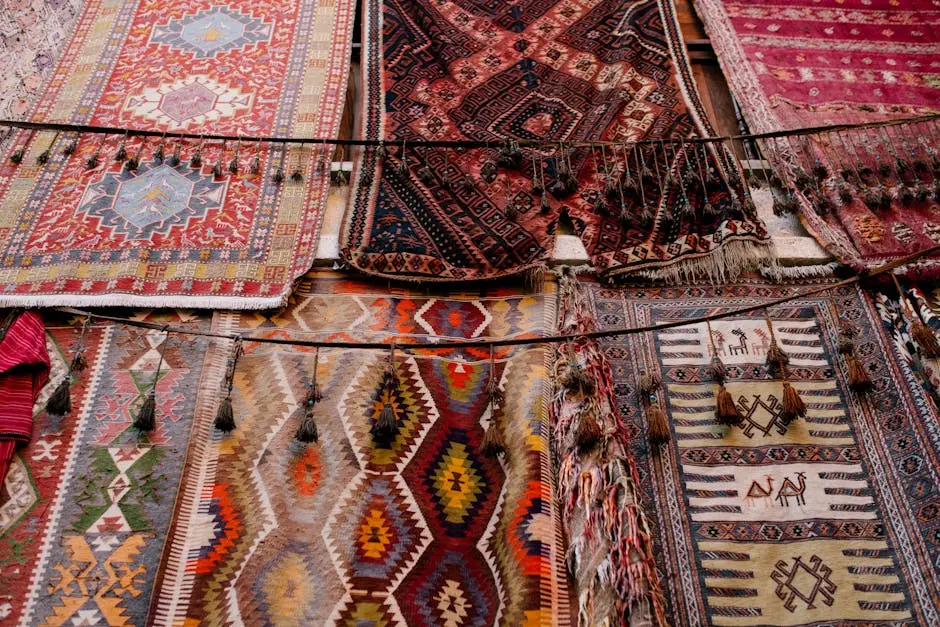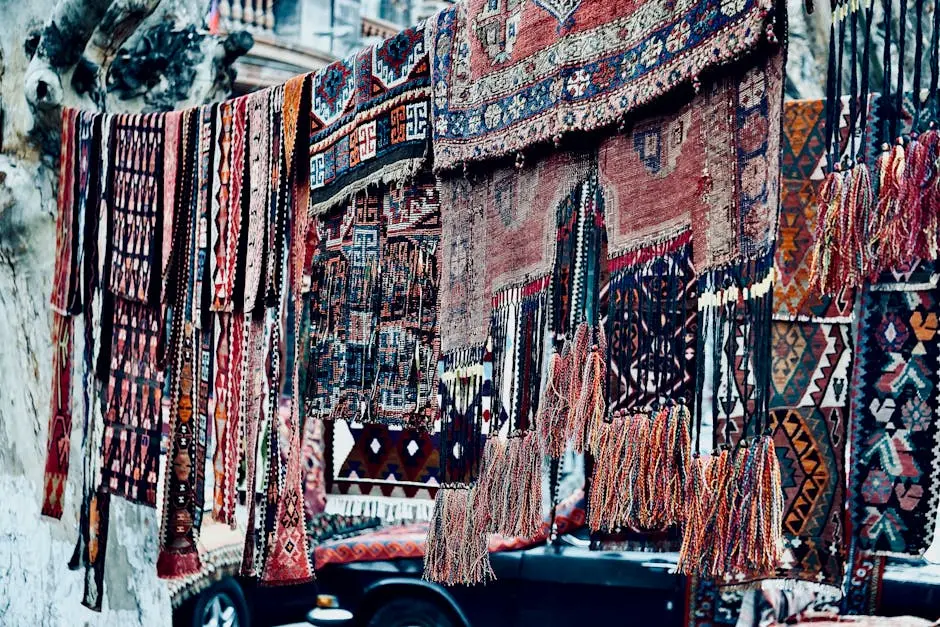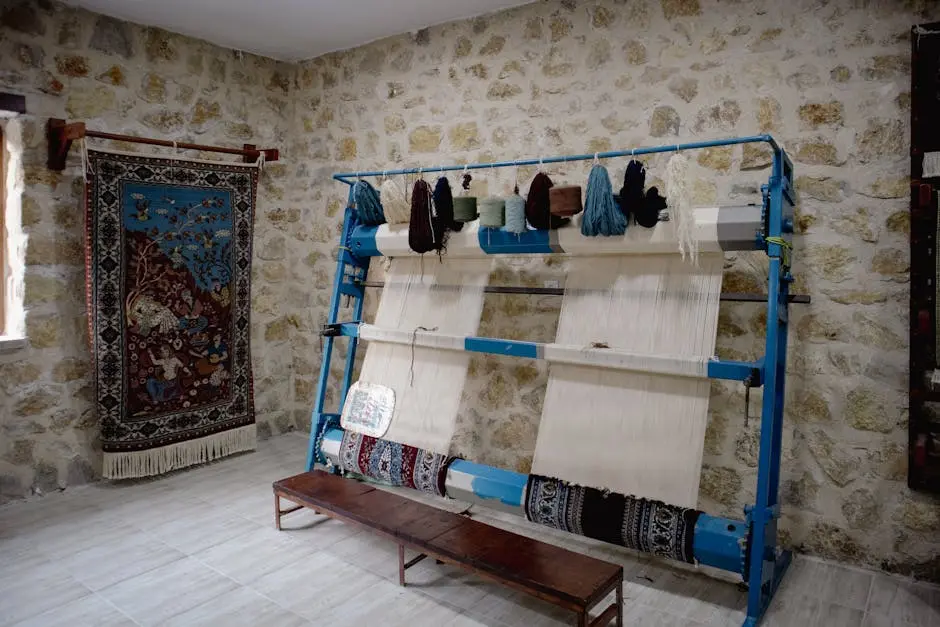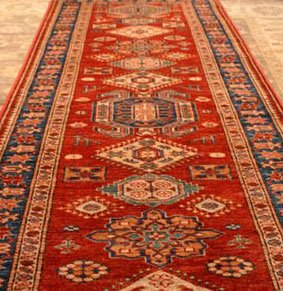Vintage rugs are timeless pieces that add character and elegance to any space. However, their fragility can be intimidating when it comes to care and maintenance. Fear not! In this guide, we’ll provide you with simple yet effective tips to keep your vintage rugs looking vibrant and beautiful for years to come.
Understanding Your Rug’s Material and Origin
The first step in caring for your vintage rug is to understand its material and origin. Different materials require different care techniques. Wool, silk, and cotton rugs each have unique properties, and knowing these can help guide your maintenance efforts. For instance, wool is naturally robust and stain-resistant, but it can shrink if improperly washed. Silk, on the other hand, is delicate and requires gentle handling. Recognizing these characteristics can inform your cleaning routine and storage methods, helping to preserve the rug’s integrity. Many antique rugs like Persian rugs are known for their craftsmanship and use natural dyes, which must be treated with care to prevent fading and damage.
Understanding the origin of your rug can also influence care strategies. Regional differences in craftsmanship can affect how rugs should be maintained. For example, Turkish rugs often feature Ghiordes knots and are typically vibrant in color, requiring precautions against fading. Meanwhile, Persian rugs from the Achaemenid Empire era focus on intricate designs and require regular upkeep to maintain their beauty Renaissance Rug Cleaning. Recognizing the historical context of your vintage rug not only deepens your appreciation but also enhances your ability to provide the appropriate care, keeping its story and artistry alive for years to come.
Regular Cleaning Practices
Regular cleaning is crucial for vintage rugs. Vacuuming gently on a low setting helps remove dust and dirt without damaging the fibers. It’s important to avoid beating the rug too vigorously as this can cause wear. For best results, vacuum both sides of the rug to remove particles that may settle deep within the fibers. This is particularly true for rugs in high-traffic areas where accumulation of dust and dirt can happen quickly. Moreover, understanding the weave of your rug can inform the correct cleaning approach: tightly woven wool or cotton rugs can handle more rigorous vacuuming, while the delicate nature of silk necessitates a gentler touch. Using a vacuum with a suction-only feature can help maintain the structural integrity of the fibers, preventing unwelcome damage.
Beyond vacuuming, it’s beneficial to occasionally shake out smaller rugs. This can effectively dislodge dirt particles, especially those placed in kitchens or entryways, helping to maintain the vibrancy of their colors. Incorporating a regular schedule for light cleanings also prevents dirt from embedding deeply into the fabric — a key step in preserving the intricate designs of vintage pieces. For pet owners, consider using a specialized vacuum attachment or brush designed to tackle pet hair, which otherwise collects quickly on textured surfaces. These tools are excellent for picking up hair without harming the rug itself, offering additional layers of protection for your beloved floor piece. Taking these steps not only keeps your rug clean but also maintains its beauty over time, ensuring your investment retains its charm and elegance.
Dealing with Spills and Stains Promptly
Accidents happen! Dealing with spills and stains promptly is key to preventing permanent damage. Blot the spill with a clean cloth and use a mild detergent solution for cleaning. Avoid rubbing as it can spread the stain further. The key to effectively managing spills is speed—addressing the issue immediately minimizes the potential of the stain setting in. For most spills, start by blotting from the outer edge toward the center to limit its spread. It’s also helpful to keep a specialized rug cleaner on hand for treating tougher stains, ensuring you’re equipped to handle spills without delay. Certain solvents can be effective but should always be tested first on a less-visible area of the rug to guarantee they do not cause discoloration. This quick action protects the fibers from lasting damage while preserving the design.
Specific spills, like red wine or coffee, might require additional measures. Natural solutions, such as a mixture of vinegar and water, are often recommended for their gentle acting properties, lifting stains without affecting the dye. For more complicated or large spills, consulting a professional cleaner familiar with vintage rugs Understanding Antique Rugs, Their Cleaning and Care can be invaluable. Professionals possess the expertise to handle more challenging stains without compromising the rug’s fibers, ensuring both its appeal and lifespan. At times, a carefully detailed spot-cleaning routine can be all you need to preserve your vintage rug’s vivid allure and intricate patterns, safeguarding a piece of history right within your home.
Protecting Your Rug from Sunlight and Humidity
Direct sunlight and excessive humidity can cause your vintage rug to fade and deteriorate. Use curtains or blinds to protect it from sunlight and ensure proper ventilation to maintain a balanced humidity level. While natural light highlights the vibrant colors and intricate details of your rug, excessive exposure can lead to fading over time. Consider UV-filtering window treatments or strategically position your rug away from direct sunlight if prolonged exposure cannot be avoided. In addition to preventing fading, managing light helps preserve the structural integrity of the fibers, which can otherwise dry out and become brittle under constant light.
Moreover, fluctuating humidity levels can cause further complications, such as mold growth and fiber distortion. Rugs made from natural fibers, like wool or cotton, are particularly susceptible to humidity, which can cause them to swell and lose their shape. Maintaining a stable environment by using dehumidifiers in especially humid climates can help offset these risks. Repositioning your rug seasonally may also be beneficial, allowing even exposure to light and air. Not only will these strategies safeguard the physical attributes of your rug, but they will also maintain its distinctive color palette, ensuring your vintage piece remains a stunning focal point for years Understanding antique rugs, their cleaning and care.
Rotating Your Rug for Even Wear
Rotating your rug every few months can help distribute wear evenly, prolonging its life. This is especially important in high traffic areas where footfall is regular and intense. By changing its orientation periodically, you ensure that all areas of the rug experience similar levels of use, preventing one particular section from wearing out more quickly than others. This simple measure can greatly enhance the longevity of your rug by easing the stress placed on specific spots that typically receive the most attention and pressure on a daily basis. Furniture can also leave impressions on your rug if left in one position for too long; rotating your rug helps redistribute the weight and mitigates this risk.
Frequent rotation also provides the perfect opportunity to inspect your rug for early signs of wear, spots, or fading. When moving furniture or other heavy objects on and off during rotation, be sure to protect the rug by lifting rather than dragging items. This can help mitigate additional wear caused by friction or tears along the fibers, maintaining the rug’s condition. While ensuring the even wear of your rug, don’t overlook also rotating any protective rug pads to foster similar patterns and consistency underneath. Such attention to detail in maintenance rituals not only prolongs the rug’s life but also preserves the intricacies in its design, allowing it to continue making a stylistic impact on your space.
Seeking Professional Help When Needed
For deep cleaning or repair, seek professional help from experts familiar with vintage rugs. It’s worth investing in professional services to ensure the longevity and appearance of your treasured piece. Professional cleaners possess the specialized knowledge, tools, and techniques required to restore antique or vintage rugs without compromising their structural integrity. This level of care is especially important for delicate or heavily used items that require more than what typical home cleaning products can offer. Experts can remove deep-seated dirt and stains using gentle yet effective methods, ensuring the aesthetic and functional attributes of your rug are preserved. Moreover, they can offer advice on how to best care for your rug, offering tailored solutions for maintenance based on the specific characteristics of your beloved piece, like antique rug cleaning for delicate textiles.
Additionally, professional repair services are crucial if your rug suffers from significant wear and tear, such as fraying or threadbare patches. Skilled restorers have the expertise to perform meticulous repairs that seamlessly blend with the original design, preserving the rug’s value and aesthetic appeal. Whether it’s repairing fringes or reinforcing worn sections, entrusting these tasks to professionals ensures they are done with the utmost precision and care. This kind of specialized intervention not only addresses current damage but also fortifies the rug against future issues, extending its life considerably. Seeking expert help as soon as problems become apparent can prevent them from escalating, allowing you to enjoy your rug’s beauty and cultural significance unhindered for many more years.
Preserve the Beauty of Your Vintage Rugs with Smart Care
Caring for your vintage rugs doesn’t have to be a daunting task. By following these tips, you can ensure that your rugs remain a cherished part of your home for generations. With a little attention and proper maintenance, your vintage rugs will continue to be the centerpiece of your living space, showcasing their unique history and beauty.
Montclair Rug Gallery – call for appointment – 510-339-2472
Serving the communities of:
Oakland, Montclair, Piedmont, Berkeley, Orinda, Kensington, Emeryville
